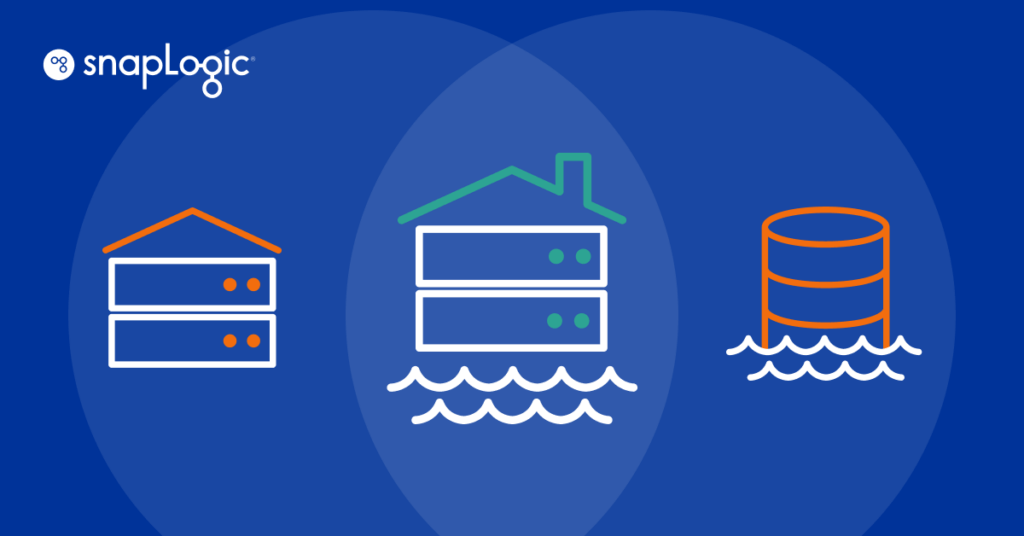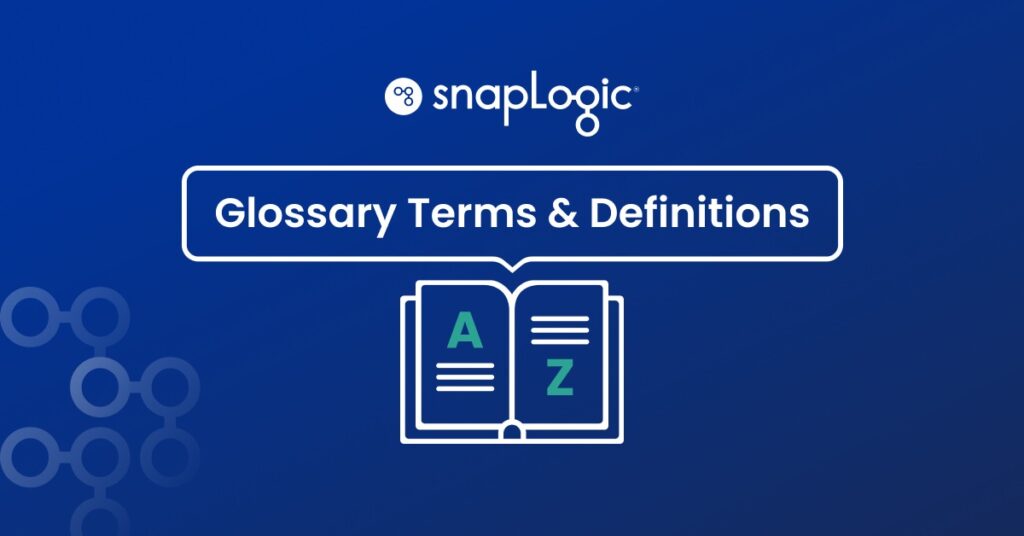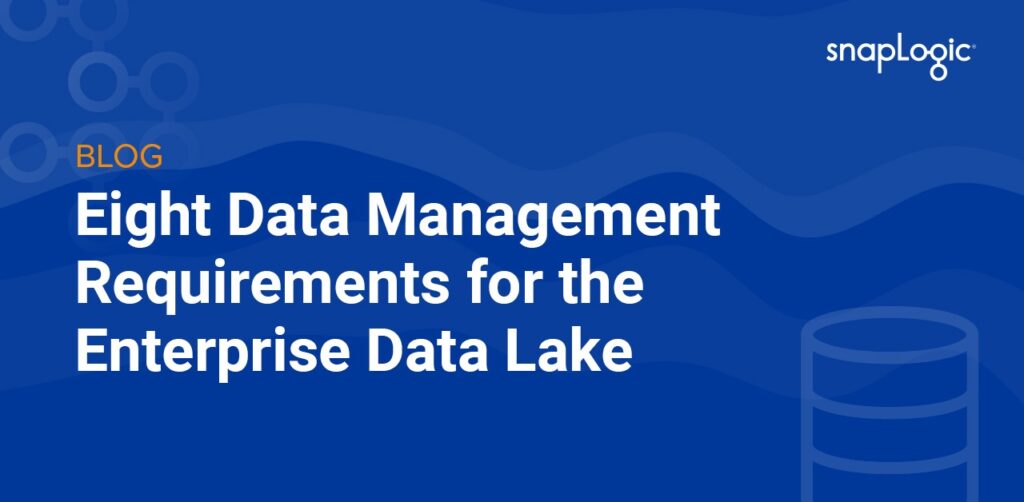What is a data mart?
A data mart is a specific subset of data held in a data warehouse. As data warehouses can hold enormous amounts of data, data marts can be an easier way for specific departments within an organization to find the data they need. Data marts are generally partitioned according to the subject of the data they contain.
The advantages of data warehousing are that it allows for the storing, processing, and analyzing of large amounts of data. These could be from a company, academic institution, or government department. Making the most of these data warehouse advantages, the user can gain great insights into their operations. A data mart can achieve the same objectives, except it will hold a smaller amount of data. A data mart can be either spun out from a data warehouse, set up independently, or be an integration of a new data mart and pre-existing big data from a data warehouse.
In data marts, due to cost and size concerns, the data is often refined and carefully chosen before analysis and integration. Data warehouse and data lake users however often upload duplicate or unconnected data. Another issue for large users is clearing stagnant data, i.e., data that has become outdated. For data mart users, the close observation of space and the data contained means that they prioritize efficiency and precision.
Very large or data-heavy organizations may be able to hold all of their big data in data warehouse services. For many companies, however, this isn’t feasible. Obstacles such as cost and available analytical resources mean that using a data mart makes more sense.
Using data marts enables organizations to provide specific access to data, maximize the use of their resources, and minimize costs. It can also provide a simpler gateway to data usage for inexperienced users. Setting up a data mart can be done through a number of avenues. One of the most popular is by engaging a cloud-storage service, such as Box, OneDrive, and Azure.





